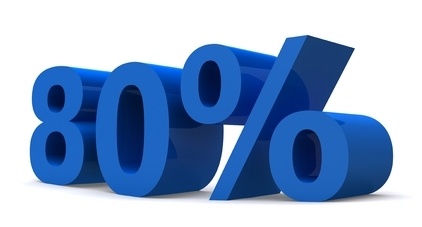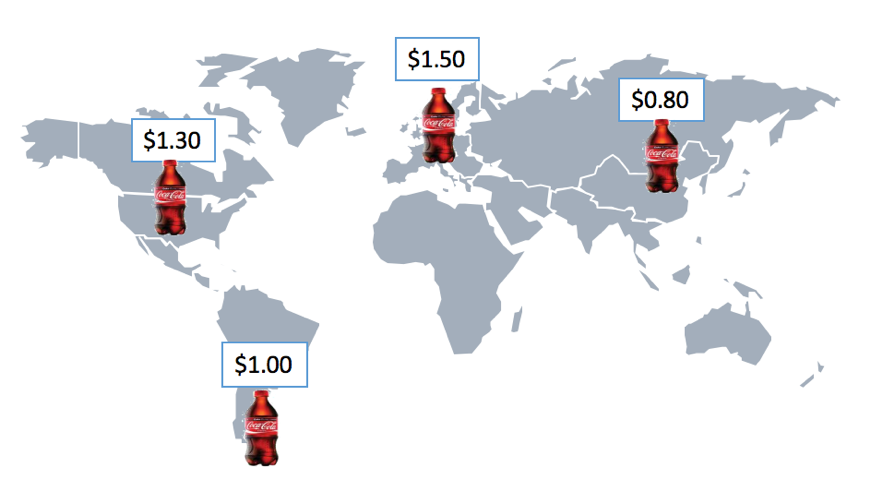Price-Framing: Which Personalized Discounts Work Better?
 PriceBeam
·
1 minute read
PriceBeam
·
1 minute read

As more firms are granting personalized discounts, dealing with unfairness perceptions is becoming a prominent challenge. With the highly granular price management algorithms that software companies provide, it is no longer a matter of how -- it is a matter of whether it will actually pay off. We have previously touched upon ways to mitigate unfairness perceptions, and in this article we will look at mitigating unfairness perceptions through price framing: that is, how should you present a personalized discount?
In a study published in the Journal of the Academy of Marketing Science, differences in unfairness perceptions were tested on 4 types of discounts: percentage-off, dollar-off, gift-cards, and gifts.
The study found that the answer to how you should present your price/discount to mitigate unfairness perceptions is: it depends. In particular, it depends on two things: 1) What is the price of the focal product (high/low), and 2) are the customers new or regulars.
First, it was found that if the price was high, the most effective discount framing was dollar-off, with percentage-off being the runner-up. However, as customers buying high-priced products are conscious about the impact of even a small percentage-off discount can have a significant impact on your budget, the percentage-off would often be overestimated by price-disadvantaged customers buying high-priced products.
On the contrary, when the product price was low, the dollar-off discount was more effective in mitigating unfairness perceptions. Also, in this case, both gifts and gift cards were the least effective, the gift card being slightly more effective as the price-disadvantaged customer would appreciate the “hassle” a gift-card recipient would have to go through to redeem it.
While new customers generally reacted stronger to price-disadvantage, this was more significant for high-priced products. First, this is due to the fact that new customers have less trust in the retailer and its motives, and secondly that new customers are more price-conscious. They are evaluating a new option and in an attempt to make a wise choice they will scrutinize the retailer and its prices more closely.
.png?width=400&height=100&name=PBLogoTransparent%20(1).png)




